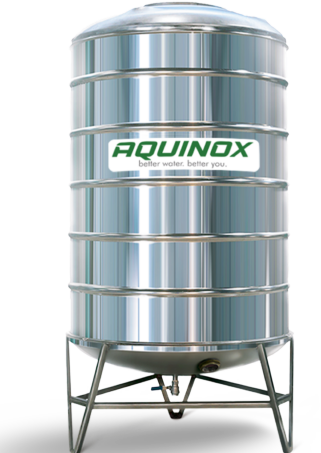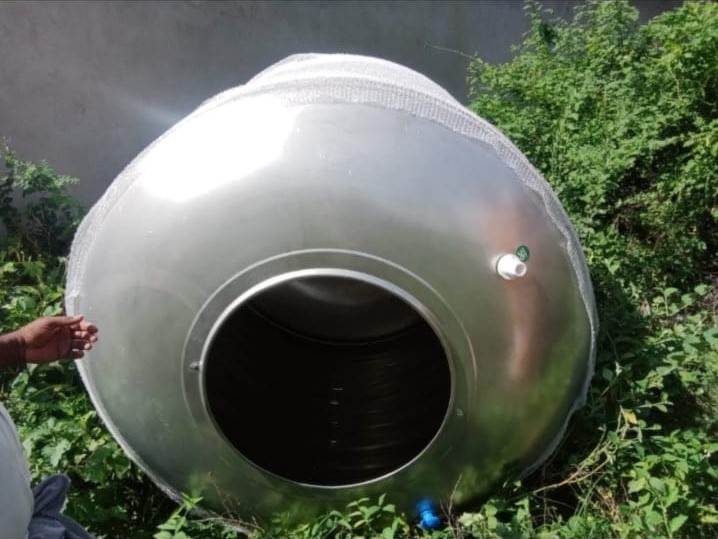
Stainless steel water tanks are favored for their strength and resistance to corrosion, making them ideal for a range of water storage needs. However, to maximize their lifespan and ensure efficient operation, proper maintenance is key. The effortless cleaning capability is one of the stainless steel advantages. This type of stainless steel tank also offers features such as leak resistance, ease of cleaning, and overall longevity, making it a reliable choice for various storage needs. Here’s a detailed guide on how to keep your stainless steel water tank in top condition.
Regular Inspections
Routine checks are fundamental to maintaining the health of your water tank. Look out for visible signs of damage, such as cracks, leaks, or rust spots. Inspect welds and joints closely, as these areas can be prone to issues. It’s a good practice to perform these inspections at least twice a year to catch any potential problems early.
Cleaning Procedures
Keeping your stainless steel water tank clean is crucial for both the quality of the water and the tank’s durability. Follow these steps for effective cleaning:
Drain the Tank: Start by emptying the tank completely to gain access to all internal surfaces. This allows for a thorough cleaning.
Remove Loose Debris: Use a soft brush or a vacuum to get rid of any loose debris inside the tank. Be cautious not to use abrasive tools that could scratch the stainless steel.
Wash the Interior: Mix warm water with a mild detergent. Avoid strong chemicals or bleach, as these can harm the stainless steel. Clean the interior surfaces with a non-abrasive sponge or cloth, focusing on any areas with visible stains or residue.
Rinse Well: After scrubbing, rinse the tank thoroughly with fresh water to eliminate any soap residues. Ensuring no cleaning agents remain is important for maintaining water quality.
Dry the Tank: Wipe down the interior with a clean, dry cloth to remove excess water and prevent spots. Let the tank air dry completely before refilling it.
Inspect Seals and Gaskets
Regularly check the seals and gaskets around the tank’s access points and joints. These components are vital for preventing leaks and ensuring the tank remains airtight. Replace any seals or gaskets that show signs of wear to avoid potential leaks.
Water Quality Monitoring
Even with regular cleaning, monitoring the quality of the water in the tank is important. Periodically test the water for contaminants or changes in taste, smell, or appearance. If any issues arise, consider additional water treatment options.

Preventive Measures
To extend the life of your stainless steel water tank, implement these preventive measures:
Shield from Sunlight: Prolonged exposure to the sun can cause thermal expansion and damage. Place the tank in a shaded area or use a protective cover to minimize sunlight exposure.
Manage Temperature Fluctuations: Extreme temperature changes can affect the tank’s structural integrity. If you live in an area with significant temperature swings, ensure the tank is properly insulated.
Ensure Proper Ventilation: Adequate ventilation helps to prevent moisture and condensation build up inside the tank, which can lead to corrosion over time.
Professional Maintenance
While you can handle routine maintenance yourself, periodic professional inspections are beneficial. A skilled technician can perform a more detailed assessment, identify any underlying issues, and make necessary repairs or adjustments.
Addressing Corrosion
Although stainless steel is highly resistant to corrosion, it is not immune. If you spot any signs of corrosion, address them promptly. Use a cleaner designed for stainless steel or a rust remover, but for severe corrosion, consult a professional for a thorough evaluation and repair.
Record Keeping
Maintain detailed records of all maintenance activities, inspections, and repairs performed on your tank. This documentation is useful for tracking the tank’s condition over time and can be essential for warranty purposes or if you decide to sell the tank.
Conclusion
Effective maintenance of stainless steel water tanks is essential for ensuring their longevity and the quality of the water stored within them. By adhering to these maintenance practices—regular inspections, thorough cleaning, seal upkeep, and preventive measures—you can ensure that your tank remains in excellent condition and continues to serve you reliably. Staying proactive with your maintenance routine will help protect your investment and ensure a continuous supply of clean, safe water.


